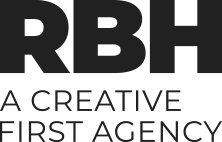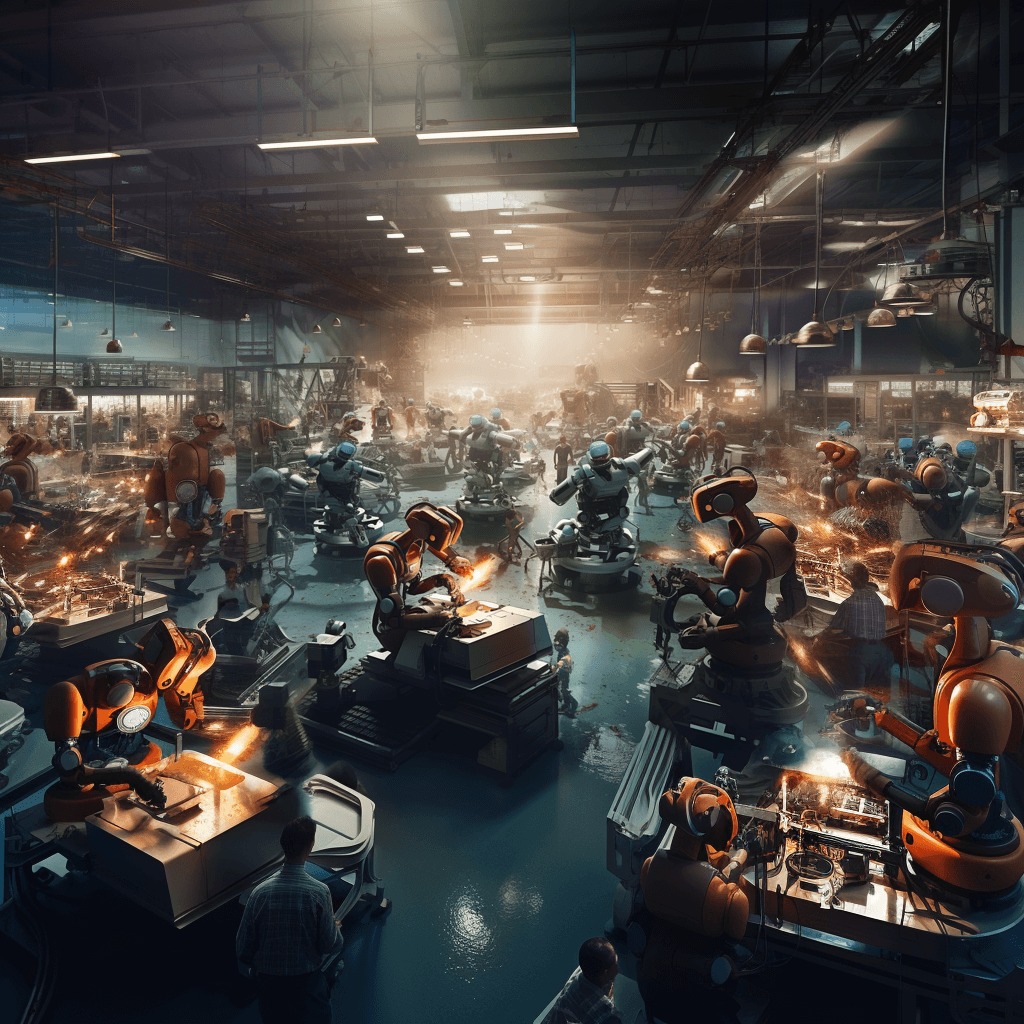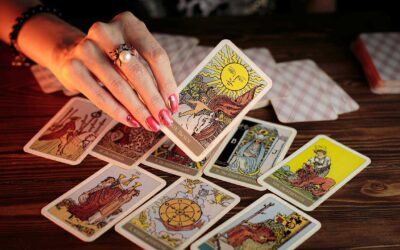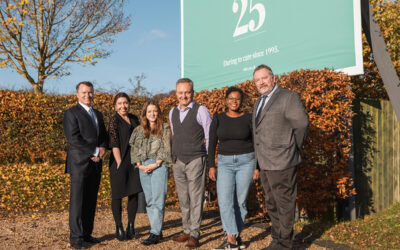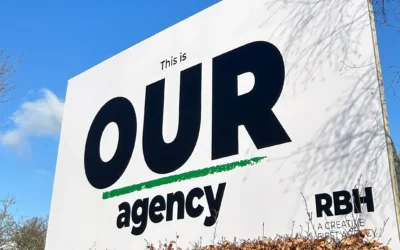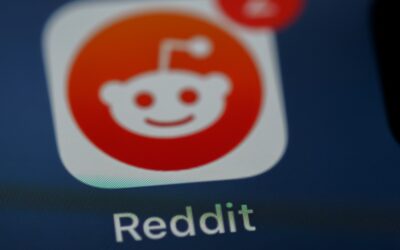“Generative artificial intelligence and extended reality are powerful tools that can help address pressing societal challenges and business problems by augmenting, expanding, and extending the human experience rather than replicating or replacing it.”*
Paul McDonagh-Smith, MIT Sloan senior lecturer
At the Cannes Lions in June, artificial intelligence – or cognitive technology or generative technology, depending on who was speaking – was, unsurprisingly, the trending topic. Accenture Song CEO David Droga addressed attendees on the subject. “Gen AI is not going to replace people,” he said. “People who understand gen AI are going to replace people [who don’t].”
More Cannes entries than ever used AI. Of all 2023 awards entries, 7.3% mentioned AI in their synopses, compared with 3.7% in 2022.**
Some standout examples include Nike’s Never Done Evolving work, which used AI to analyse Serena’s playing style over the past two decades in order to pit Serena against herself.
For their The Subconscious Order campaign for food delivery app Hungerstation, Wunderman Thompson used AI to track users’ eye movements to discover their subconscious food cravings.
And Uncommon London’s Grand Prix-winning A British Original for British Airways that had AI analyse contextual data to adapt which of the campaign’s over 500 creative executions to serve people.
These pieces, and many others besides, confirmed Droga’s argument: AI is a tool the creative industries must learn to work with, right now. “You can’t be a creative person or be a person who’s trying to be at the centre of business influence and understand customers and consumers and culture if you don’t have technology on your side.”
Over the course of the last year or so, the alarm at AI’s capabilities has intensified. People are rattled. Are some of us, or all of us, in the creative industries about to be rendered useless?
AI is a tool. And there is precedence here. Thirty-odd years ago computing and creative software were being adopted by the creative industries and there was a similar panic – where would technology leave the creatives, the artworkers and retouchers?
Bard is Google’s ‘experimental conversational AI service’. In writing this piece, I thought that AI should speak for itself. So I asked Bard a few questions. First off, How is AI changing advertising?
“One of the most common ways that AI is being used in advertising is for personalisation,” said Google Bard. “AI algorithms can analyse a user’s past behaviour, demographics, and interests to deliver ads that are more likely to be relevant and engaging.”
It’s here to help. For now, at least. Because, at the moment, what generative AI does is sort through vast quantities of data, then mimics or reuses what has come before. As such, AI can help with repetitive tasks that involve analysis, information gathering and data processing. It is also a ‘what you put in is what you get out’ process. A human needs to be issuing instructions or inputting information. Which is why AI can fulfil tasks such as basic copywriting and translation, some areas of retouching and reasonably advanced image generation.
Next I asked Bard, How creative can AI be? “AI creativity,” it said, “Is more about generating new ideas and patterns, while human creativity is more about expressing emotions and ideas.”
‘Expression’ versus ‘generation’. That’s an interesting distinction. The expression of emotions and ideas requires imagination… and imagination cannot be generated or replicated. This, surely, is what makes us human. This is the difference.
Imagination – pure, unharnessed, limitless creativity – doesn’t follow a formula. Creativity may well be about problem solving, but it isn’t necessarily logical. It’s lateral, associative. Creativity is about making connections that haven’t been made before, uniquely drawing comparisons and finding metaphors that enhance communication.
The notion of answering the same problem (a decline in market share; a fall in brand awareness, etc) with the same solution is the antithesis of creativity. Creative solutions need to be unique because every problem is unique, in terms of context, audience, and so on.
It could be argued that there is a formula to how a creative comes up with a solution to brief – or the business problem that forms a brief. There are ways of working, tropes that reoccur. (We’ve all seen ads that remind us of other ads.)
But brilliant ideas that surprise, ideas that bring about change, that influence and inspire – these kinds of ideas are innately human.
*https://mitsloan.mit.edu/ideas-made-to-matter/why-generative-ai-needs-a-creative-human-touch
**https://info.canneslions.com/the-cannes-lions-2023-official-wrap-up-report/reset-with-ai
